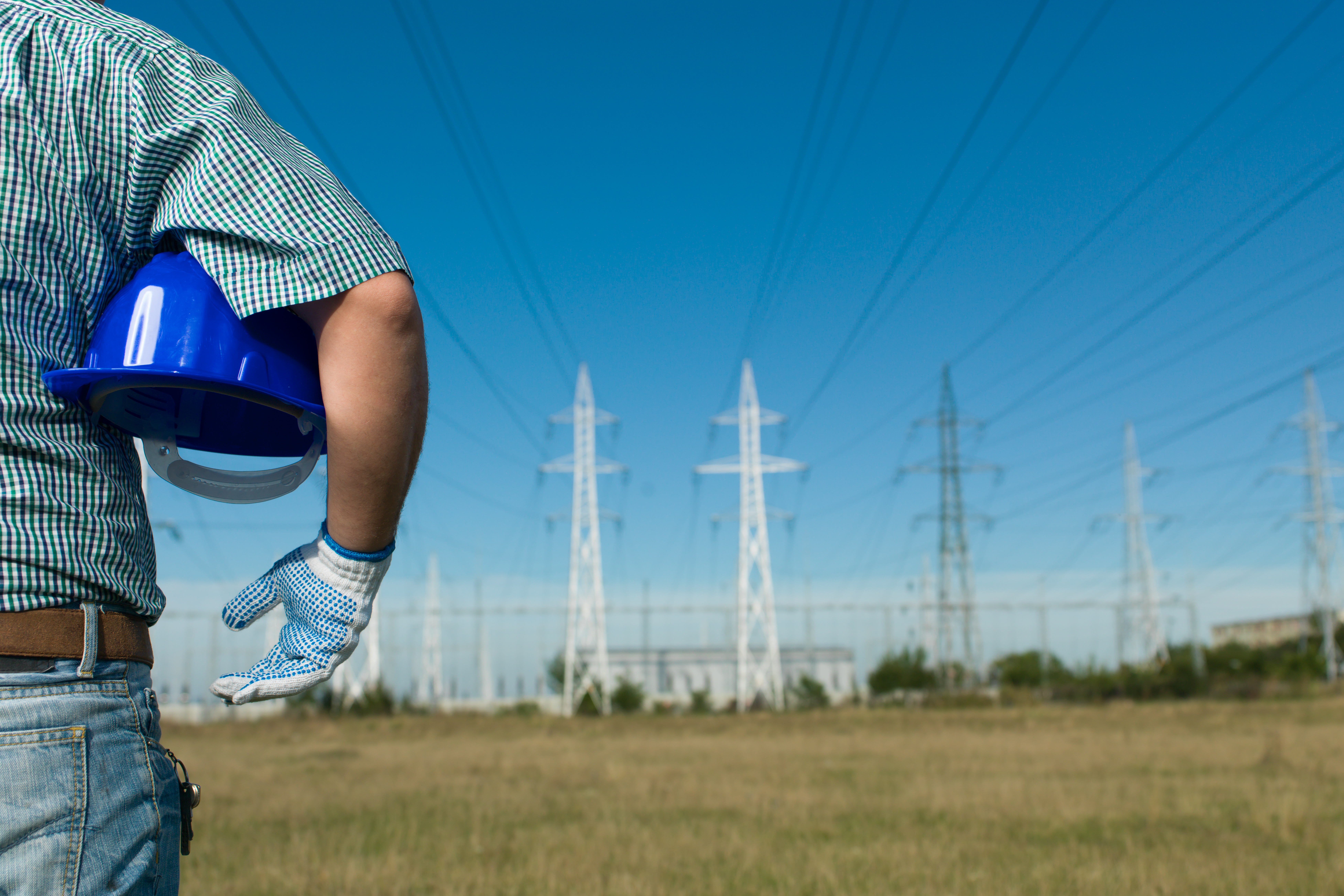The Evolution of Regional Transmission Organizations (RTOs)

The U.S. Federal Energy Regulatory Commission (FERC) created Independent System Operators (ISOs) in 1996 through Order 888 to promote wholesale competition through open access, non-discriminatory transmission services. A second set of ISO principles was created to ensure efficient management, generation, and transmission, and to ensure market integration with transmission system operations.
Regional transmission organizations (RTOs), an advancement of ISOs, were created by FERC in 1999 through Order 2000 to encourage a regional approach and efficient energy trading, reliable and efficient regional coordination, and transmission planning. RTOs, like ISOs, have the ability to operate integrated market transmission services in real-time, but can also plan long-term transmission expansion.
Currently, opting into the RTO is voluntary and is at the discretion of a utility, which can lead to awkward configurations that may not optimize reliability and efficiency, and higher priced markets for vertically integrated utilities.
One of the key benefits of an RTO for large energy buyers is the elimination of rate pancaking, which occurs when a customer is forced to pay separate rates for a transaction that crosses multiple transmission systems.
RTOs support an evolving resource mix
RTOs are flexible and fast, which allows system operators to integrate variable resources like renewable energy if they have a large region to draw on. Five-minute dispatch and prices based on value allow small and large energy providers to contribute equally, while keeping RTOs tech neutral. Recent large-scale transmission expansion showcase the characteristics of the winning formula: proactive, multi-benefiting planning, spread cost of the region, broad, and beneficiary-paid cost allocation.
Role of large energy buyers
There are points throughout the rules process where stakeholders, like large energy buyers, can engage. Currently, most stakeholders are involved in the final steps of the process, including filing comments, rules protests, hearings, and during appeals. Large energy buyers also have the opportunity to engage directly with FERC, RTO management, public utility commissions (PUCs), and, of course, CEBA.
Stay tuned for more detailed resources on energy markets in 2020!
Are you a CEBA Buyer member interested in learning more about how you can engage on policy? Contact innovation@cebuyers.org to learn about the opportunities to support expansion of access to renewable energy.
